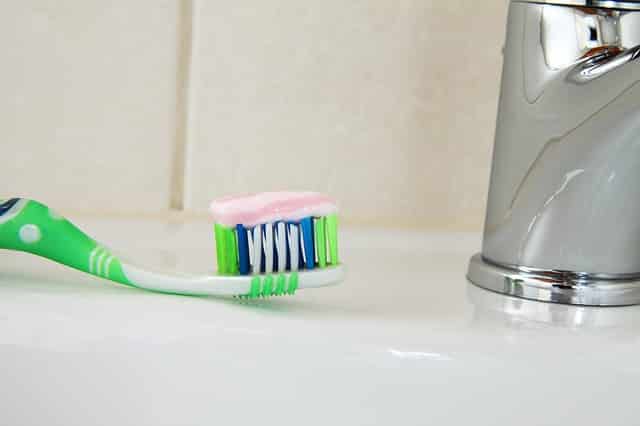Flossing your teeth is an essential part of a good dental healthcare plan, but there’s much confusion when it comes to flossing. Should we floss before or after brushing? How often should we floss, and when? And does it matter what floss we use? Many of us are surprised to learn that after decades of flossing we are actually doing it the wrong way, and therefore leaving ourselves vulnerable to plaque and decay. Fortunately, we’ve got you covered in terms of all you need to know about flossing for your long-term dental health and hygiene, so read on to ensure your approach to flossing keeps you in optimum dental health!
Dental professionals say it is better to floss before brushing,Brushing although whether you floss before or after brushing is totally up to you. The important thing to keep in mind regarding flossing is that it’s an essential part of maintaining good dental hygiene and must be done using the correct technique. Before you get to that though, consider investing in some good quality floss. The kind of floss you use is really up to you, but when it comes to buying floss, you get what you pay for. Cheaper nylon floss does tend to snap or shred, while top of the range single filament floss works best between the teeth and is gentler on gums.
Now to floss correctly: take around 18 inches of floss and secure the floss around each of your middle fingers, so that there’s about one or two inches of floss to work with. Holding the floss securely between your thumbs and forefinger ensure the floss is nice and taut not slack, and then slowly and gently move the floss up and down between your teeth. What is important, here, is to ensure that you access all around the base of the tooth with the floss. Using a curving action, work the floss under the base of each tooth by the gum line, being gentle as you go. Gum tissue is incredibly sensitive and delicate so do be careful not to force the floss or snap the floss at any stage.
As you work around and between each tooth in this way, be sure to use a clean section of your length of floss each time, and don’t forget the back and side of the mouth – some areas are harder to get to than others but it’s important to do a thorough job. Do keep in mind that flossing should not cause pain, discomfort, or any excessive bleeding. If you notice some of these symptoms, it’s important to consult a dental expert for help and advice.
By following these simple guidelines you’ll ensure you maintain good dental health. Don’t get too hung up on whether you floss before or after brushing – just ensure the job does get done! With the right technique and a little time and effort, it’s possible to avoid nasty toothaches or dental problems later on.


